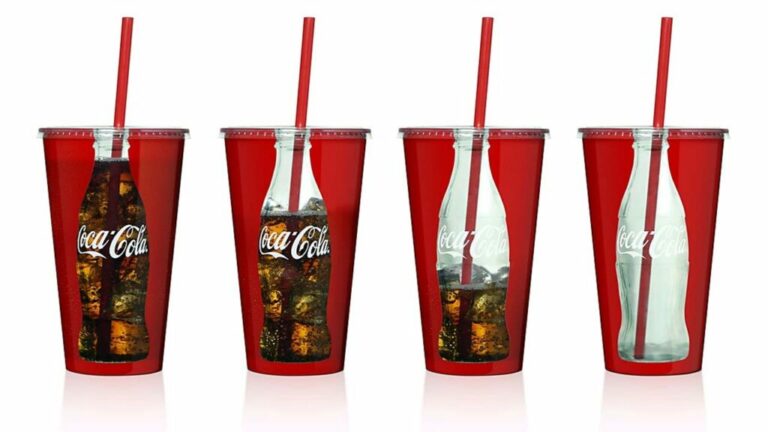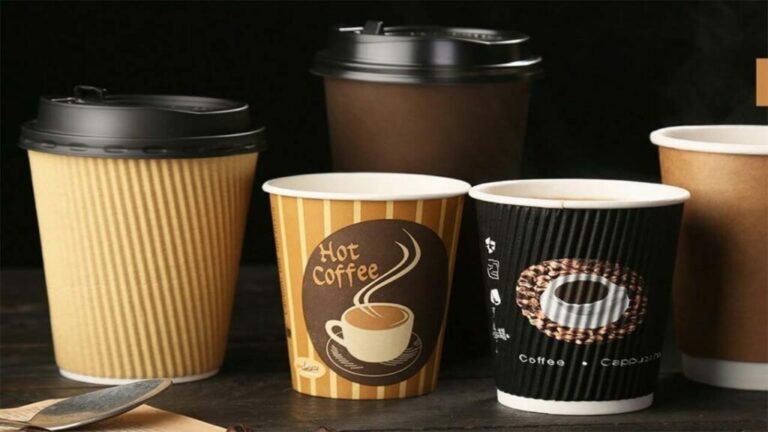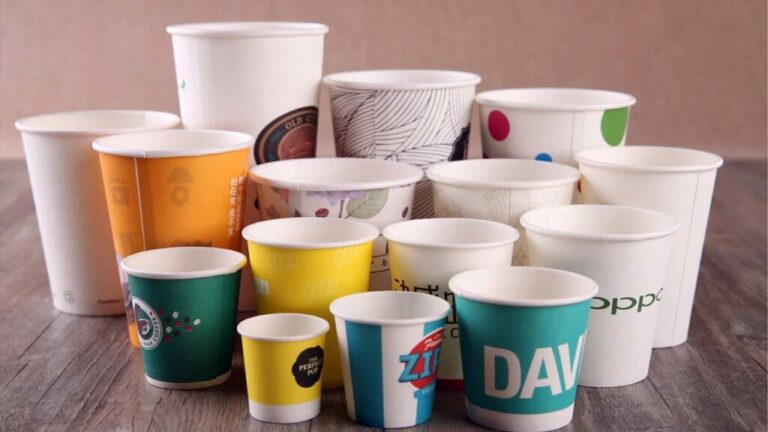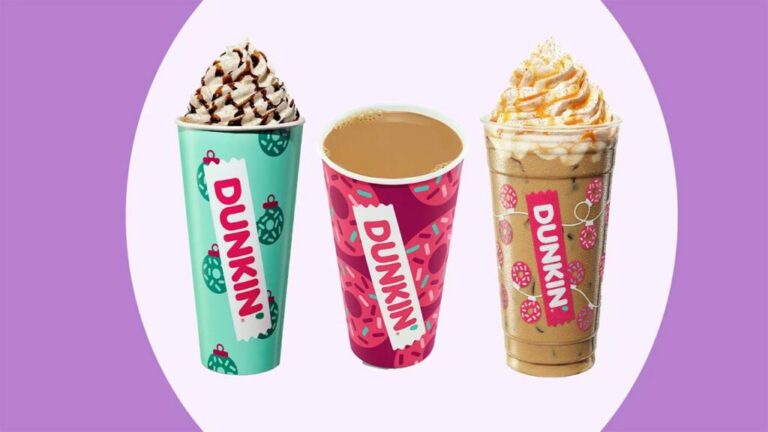Comparing Paper Cup Advertising to Traditional Print Ads
In competitive and ever unfolding world of marketing, businesses are constantly seeking innovative strategies to capture the attention of their target audience and establish a strong brand presence.
Two well-established methods, paper cup advertising and traditional print ads, offer unique advantages and cater to different marketing goals. While both approaches can effectively connect with consumers, understanding their strengths and limitations is crucial for making informed decisions about marketing campaigns.
Paper cup advertising offers high visibility and reach, targeted messaging, and cost-effectiveness, making it ideal for building brand awareness and recognition.
Traditional print ads, on the other hand, provide a platform for detailed communication, visual appeal, and targeted distribution, making them effective for product promotion and brand building.
How to choose, which one works better for your advertising? Let’s delve into, and find out more.
What is Paper Cup Advertising?

Paper Cup Advertising is an engaging type of out-of-home (OOH) advertising where brands imprint logos or slogans on disposable paper cups. These cups, distributed to businesses like cafes, serve as a distinctive canvas for promotional messages.
More than just beverage containers, paper cups become portable billboards, effectively carrying brand messages wherever they travel. This approach provides a fresh and inventive way to capture attention, turning an ordinary item into a potent marketing tool.
With the potential to reach diverse audiences in various locations, Paper Cup Advertising transforms the daily act of sipping a drink into an opportunity for brands to make a lasting impression.Paper cups become not just container for your favorite beverages but portable billboards, carrying your brand message wherever they go. It’s a novel way to catch attention, transforming an everyday item into a powerful marketing tool.
What are Traditional Print Ads?
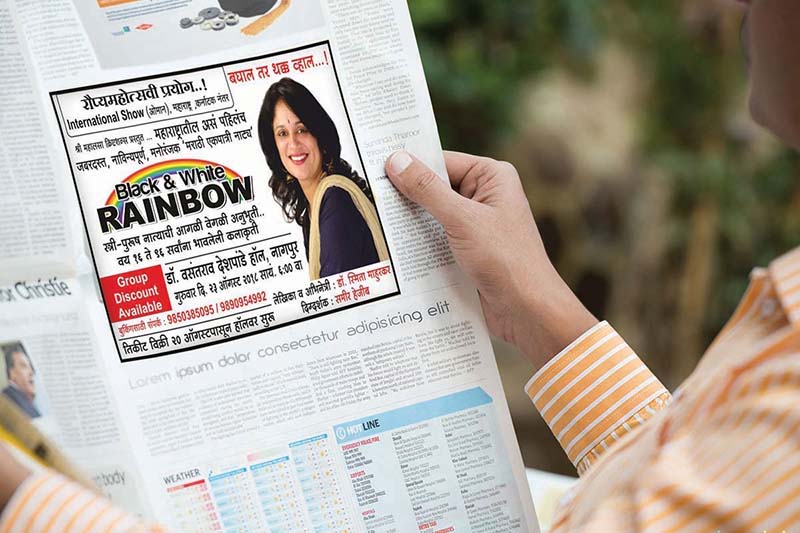
For years, Traditional Print Ads have been a cornerstone of advertising, appearing in newspapers, magazines, and billboards as the enduring faces of marketing.
These familiar mediums depend on visual and textual elements to effectively communicate a brand’s message.
Despite their established success, the dynamic evolution of the advertising landscape calls for a new outlook. Step ino the world of paper cup advertising, introducing a unique combination of traditional and unconventional approaches.
In this innovative space, paper cups become dynamic platforms, providing a refreshing alternative that captures attention in a way that aligns with the ever-changing modern advertising. It’s a transition from the conventional to the contemporary, offering brands a distinctive avenue to connect with their audiences.
A Competitive Comparison: Paper Cup Advertising to Traditional Print Ads
In the competitive advertising landscape, a critical examination of the effectiveness of different mediums is crucial. Let’s embark on a journey and explore this complex competitive landscape of Paper Cup Ads and Traditional Print Ads.
Cost-Effectiveness
Paper Cup Ads has proved itself as the thrifty heroes of the marketing tale. These ads take the spotlight for being budget-friendly, providing exposure to a broad audience without denting financial plans. The inherent cost-effectiveness positions them as an attractive choice for businesses looking to maximize their reach without draining their budgets.
In contrast, Traditional Print Ads may play the role of grand spenders. Their presence in newspapers, magazines, or billboards demands a more considerable chunk of the budget. While they might offer visibility, the financial commitment could limit the frequency and duration of the advertising campaign.
Environmental Impact
Shifting the narrative to environmental impact, Paper Cup Ads emerge as champions of eco-consciousness. Beyond promoting brands, they champion sustainability with their recyclable nature.
By contributing positively to the environment, these ads align with the growing trend of environmentally responsible marketing.Traditional Print Ads, on the other hand, leave a more substantial carbon footprint. The paper waste generated from these ads contributes to a less eco-friendly image, which may not resonate well in a world increasingly focused on ecological sustainability.
Targeted Audience Reach
Consider the placement of Paper Cup Ads as a secret handshake with your preferred audience. These ads strategically find their way into cafes and eateries, ensuring that your message resonates with the right crowd. It’s like having an exclusive conversation with your most dedicated fans, creating a targeted and impactful reach.
While Traditional Print Ads reach a broader spectrum, they might not always hit the bullseye in terms of targeting specific consumer groups. The broader reach comes at the cost of precision, making it challenging to tailor messages for specific demographics.
Blending with Digital Media
Picture Paper Cup Ads as the cool kids effortlessly connecting with the digital world. The inclusion of QR codes on cups provides an interactive bridge between the offline and online realms. People can easily access your website or promotions by scanning the code with their smartphones, enhancing engagement and creating a seamless transition between physical and digital experiences.
In contrast, Traditional Print Ads often lack this seamless integration with the digital landscape. The absence of QR codes or interactive elements limits their capacity for engagement in the digital realm. This can be a significant drawback in an age where digital connectivity is ubiquitous.
Measuring ROI
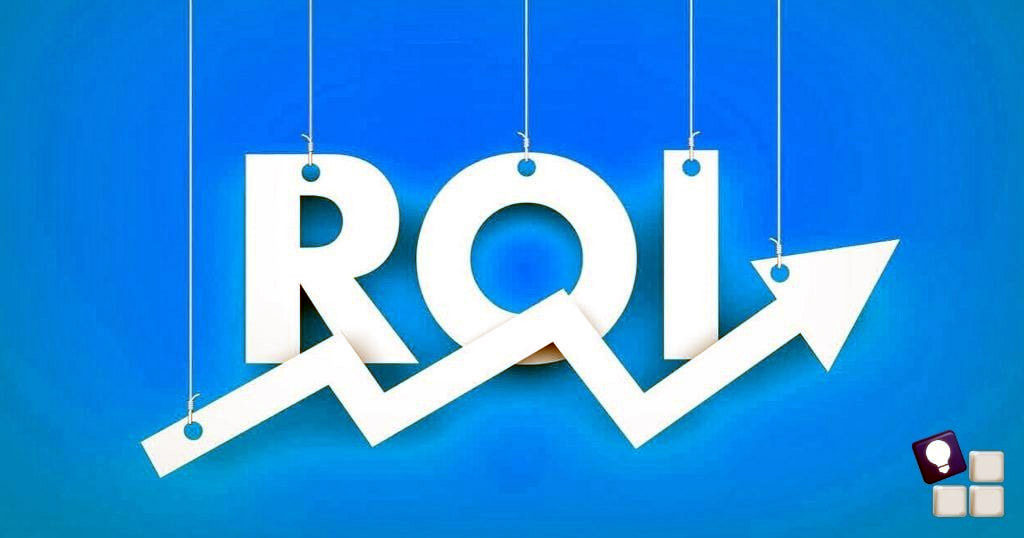
Delving into the performance tracking part, Paper Cup Ads leverage digital tools like Google Analytics to monitor website traffic generated by the campaign. This method is equals to understanding the digital journey of curious consumers, providing valuable insights that strengthen the overall effectiveness of paper cup advertising.
Traditional Print Ads face a more complex task in exploring return on investment (ROI). Due to the absence of direct digital tracking tools, measuring their effectiveness is more like searching for a needle in a haystack. It relies on indirect metrics and estimations, making it challenging to gauge their true impact accurately.
Ad Clutter

Imagine a crowded room buzzing with conversations. In this scenario, Paper Cup Ads emerge as neon signs, brightly standing out and effortlessly grabbing attention. Their tangible presence in the daily routines of consumers ensures heightened visibility, cutting through the clutter and making a memorable impression.
On the other hand, Traditional Print Ads become part of a bustling conversation. In potentially getting lost in the noise of competing messages, there’s a risk of visual saturation and reduced visibility. The challenge lies in standing out amid the multitude of advertisements vying for attention.
Recall and Retention of Ads Memory

Consider Paper Cup Ads as the memory wizards in the storytelling landscape. The tangible nature of paper cups, printed with your brand, creates a lasting impression in the minds of consumers. This physical and visual connection enhances memory retention, fostering a stronger recall of the brand.
While impactful, Traditional Print Ads might struggle to create a similar tangible association. The potential for a fading memory effect amid the sea of other advertisements is a challenge they face, especially when compared to the tangible and memorable nature of paper cup advertising.
In this comprehensive analysis, the strengths and weaknesses of Paper Cup Ads and Traditional Print Ads are brought to light. Each dimension contributes to the narrative of effective advertising strategies.
As businesses navigate the advertising landscape, understanding the nuances of these mediums becomes paramount for crafting impactful and resonant campaigns.
Summary
In gist, this comparative analysis between Paper Cup Ads and Traditional Print Ads reveals a dynamic interplay of strengths and weakness. Each form of advertising brings unique characteristics to the narrative, equals to distinct characters in a compelling story. Choosing between the thrifty penny-saver cups and the classic grandeur of print involves weighing these attributes against the specific goals and preferences of your storytelling journey.


